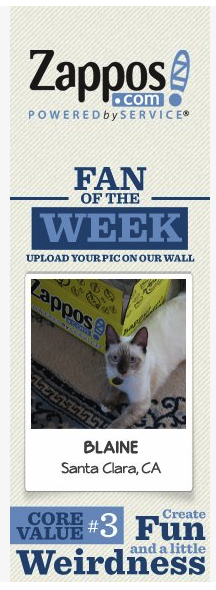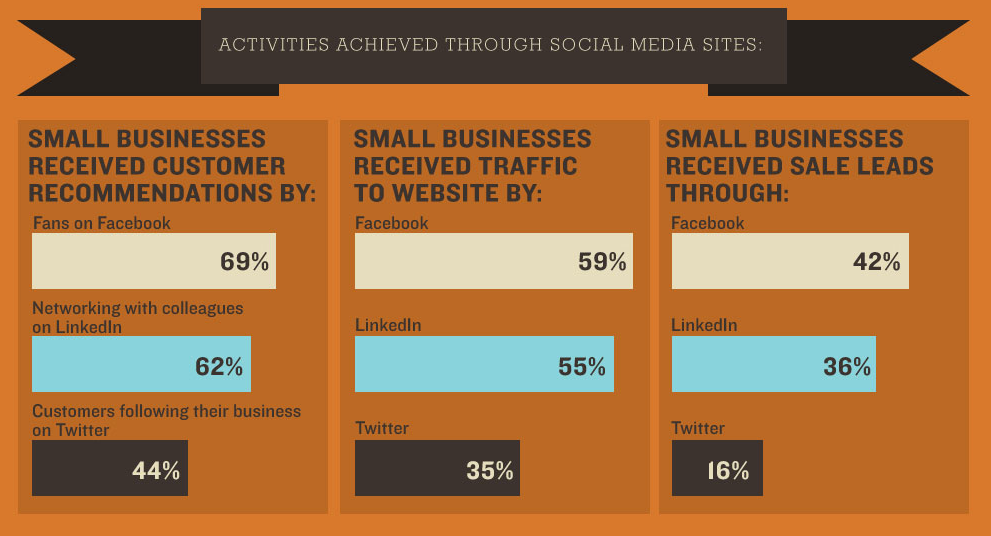Internet Marketing Weekly: Social Media delivers a return on investment differently than traditional forms of outreach. In utilizing Social Media, ROI happens through meaningful “many-to-many” interactions with your online community.
You’ve followed the advice of your marketing expert, and created a Facebook Fan Page for your business. You add a couple of the most recommended APPs including a “welcome” tab and “incentive” or “fan-gating” tab, as well as a custom profile image. You slowly, but steadily build a following of fans over several months. You post on a semi-regular basis, perhaps two to three times per week.
Feeling you’re doing everything right, you wonder, “why am I doing this?” “Is it actually increasing my revenue?” Am I seeing an upswing in bookings or sales?” “How can I measure this?” “Is all the time I spend on social media giving me a return on my investment?”
Great questions all, and it would be worrisome if your weren’t asking.
Social Media is a relatively new animal. It is certainly newer than the acronym ROI.
With classic ROI, you look at what you put in: be it advertising, specials, promotions or marketing, and you watch. If “x” number of dollars were spent on this print ad campaign, or “y” dollars in promotional merchandise giveaways, then you expect a certain number of dollars to be returned to you via purchases, or bookings from your efforts.
One of the reasons you’re in business is to make money. But top performing marketers will tell you that the real commodity in business is not actually money, but people.
Social media, being “relationship” and “sharing” based, helps your business grow by fostering loyalty to your brand. LOYALTY is the steam that drives the potential to increase your profits. Building relationships takes time. This is a long-term investment.
In the world of social media, the number one way to increase your following is by actively engaging your fans in what they care about. Engagement fosters loyalty.
The Cold, Hard Truth
1. Once a fan “likes” your page, they very, very rarely return to the page itself. About 98% of the time, a fan never looks at your fan page again (unless you offer a repetedly compelling reason to go to it). That’s why installing a multitude of Apps as tabs on your page is secondary to posting engaging content that fans want to interact with.
2. It has become increasing more challenging to show up on your fan’s News Feeds. Facebook delivers content to a fan’s News Feed based upon how that fan interacts with fan pages they’ve liked, their friends posts, etc. Now it is important to post 1-3 times a day, with content that is relevant to your fans. The once-per-week post is a thing of the past. It will garner you very little.
What Are Effective Forms of Engagement?
The most successful forms of engagement come in one of three ways, but all are nestled under one umbrella: Engagement (aka participation).
1. Ask Your Fans to Share
Request that your fans share their photos and experiences on your page. Then reward those fans by featuring them. Zappos, one of the most beloved retailers in the US today, does this very well by asking fans to post pictures of themselves, their kids and their pets with a Zappos shipping box. The participation level is enormous. Zappos rewards the fans who have participated by featuring one of the fan’s photos in their ever-changing profile image on their Facebook fan page.
2. Promotions:
These can be a fantastic way to engage your fans. Keep in mind that Facebook has strict rules about conduction promotions. The biggest rule to keep in mind is that you must use a 3rd party App if you’re going to conduct any kind of drawing, sweepstakes, contest or competition. Your own content in an iFrame app qualifies so long as you include the correctly worded disclaimers.
3. Give-Aways:
Give-aways can take many forms, from helpful information and links to resources to enhance the life of your fans, to freebies like a magazine subscription for the best (or first) fan to comment on a topic you choose, or photo posts that get the greatest number of likes (votes) from fans.
Since Facebook changed the way users interact with fan pages back in November, it is possible for fans and non-fans alike to post on your wall, comment on, and share your content. What this means it that now, not only is it important to acquire fans via “likes,” is is also important to create content that non-fans want to share.
A Fan Base Can Grow Your Brand (aka business):
50% of small business owners reported gaining new customers through social media – most notably through Facebook and LinkedIn. *(Neilsen)
51% of Facebook users and 64% of Twitter users are more likely to buy from the brands they follow. *(Mediabistro)
Even if you have 500+ fans, it only takes 20 people to create meaningful many-to-many interactions and bring an online community to a significant level of activity.*(Ning)
The top seven post types that foster engagement:
1. Use images in your posts.
2. Keep it short and sweet as much as you can.
3. Keep the “I” to a minimum.
4. Include a call to action.
5. Give timely information that includes tips and links to useful resources.
6. Share a great cause that you believe in and want to support.
7. Share video. (Make sure it’s useful, or humorous or uplifting content).
And the final, and essential element, check your page regularly, and make sure you respond to comments. If your fans have taken the time to read and respond to your posts, then they deserve a response from you. If fans feel that you care enough to respond, they will feel their time has been well-spent.
Measuring Your Success
Find out how you’re doing. Study Your Statistics and Results using Facebook’s built-in “Insights” data.
Facebook offers some really great analytics for pages. Pay attention to them. If you see a big surge in fans (or a drop off), look at what you’ve posted recently and see if you can figure out any trends. Then post more of that kind of content (or less, in the event that you’re losing fans, or the engagement just isn’t there).
Sources:
Ning: http://www.ning.com/about/press_release_062011/
Neilsen: http://blog.nielsen.com/nielsenwire/social/
Mediabistro: http://www.mediabistro.com/alltwitter/small-business-social-media_b14294
Get on the Internet Marketing Weekly Feed
Subscribe to Internet Marketing Weekly from InsideOut Solutions.



